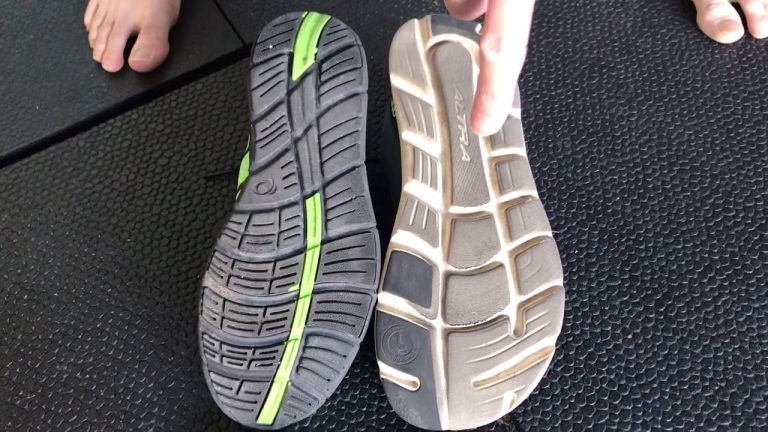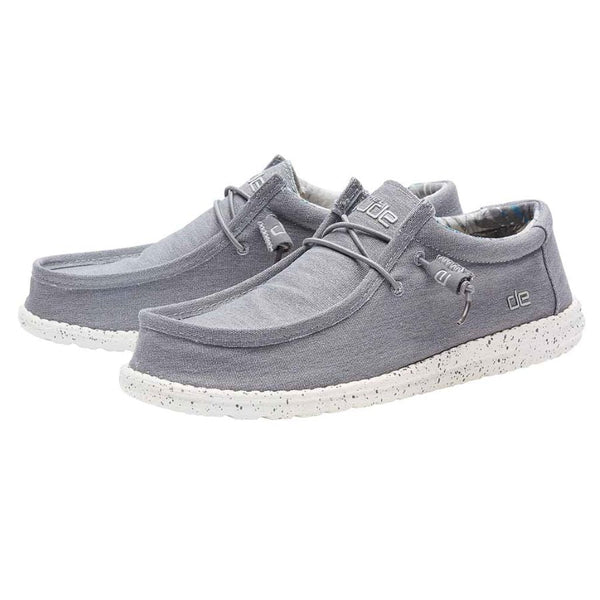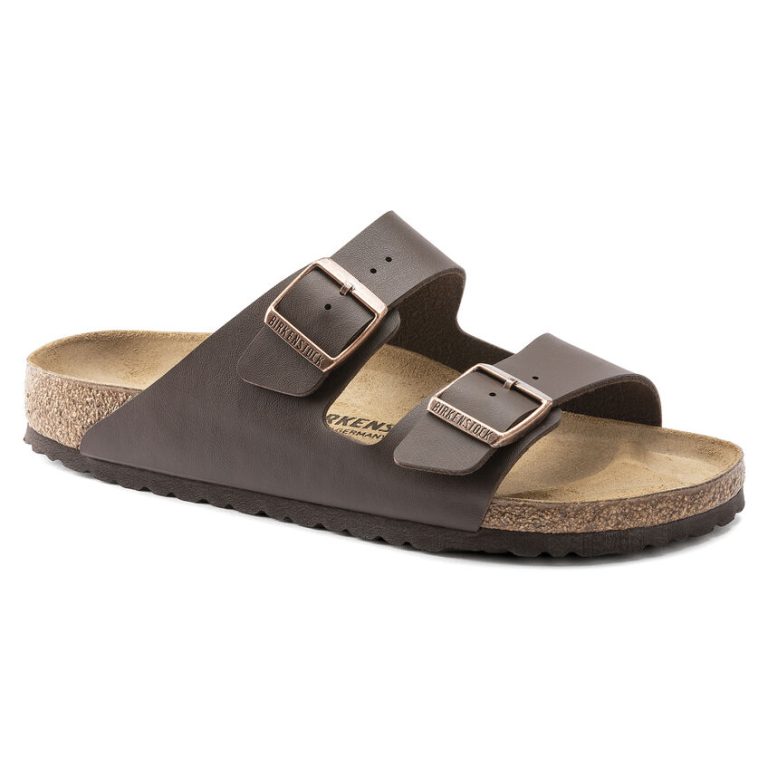Can Wearing the Wrong Shoes Cause Leg Pain
Yes, wearing the wrong shoes can cause leg pain. Ill-fitting shoes can cause a number of problems, including bunions, blisters, calluses, and corns. Wearing high heels can also lead to leg pain, as well as back and ankle problems.
If you experience any leg pain after changing your shoes, it’s best to see a doctor or podiatrist to find out if you have a more serious problem.
If you’re someone who suffers from leg pain, you might be wondering if your shoes could be to blame. After all, we rely on our feet for just about everything we do, so it makes sense that they would play a role in any discomfort we experience.
There are actually a few different ways that wearing the wrong shoes can cause leg pain.
First, if your shoes are too tight, they can put pressure on the nerves in your feet and legs, which can lead to pain. Second, if your shoes don’t provide enough support or cushioning, they can put strain on the muscles and joints in your legs, which can also lead to pain. And finally, if you wear high heels regularly, you may be putting yourself at risk for developing problems like bunions or hammertoes down the road – and these problems can certainly cause leg pain as well.
So what’s the bottom line? If you’re experiencing leg pain, take a close look at your shoes to see if they could be part of the problem. If they are, it’s time to invest in a new pair that will better support your feet and legs – and hopefully help alleviate some of that pesky leg pain once and for all!
Can Wearing Flat Shoes Cause Leg Pain
Wearing flat shoes can cause leg pain for a number of reasons. First, if you have flat feet, the lack of support from your shoes can cause your feet to roll inward, which puts strain on your ankles, knees, and hips. This can lead to pain in your lower legs.
Additionally, if you wear flat shoes all the time, the muscles in your feet and legs can become weak and unable to properly support your body weight. This can also lead to pain in your legs. Finally, wearing flat shoes can simply put too much pressure on the balls of your feet, which can lead to discomfort and even pain.
If you find that you are experiencing leg pain after wearing flats, it’s best to consult with a doctor or podiatrist to find out if there is a more serious underlying issue. In most cases, however, switching to shoes with some arch support or taking breaks from wearing flats will help alleviate the pain.

Credit: www.passaicfootandankle.com
Can Wearing Certain Shoes Cause Leg Pain?
There are many different types of shoes on the market and each type can cause different types of leg pain. For example, high heels can cause knee pain by putting extra stress on the tendons and ligaments in the joint. Wearing shoes that are too tight can also cause pain in the legs, as they constrict blood flow and prevent proper circulation.
If you regularly wear shoes that are not comfortable or do not fit properly, you may experience leg pain as a result.
Can Shoes Cause Leg And Hip Pain?
There is a lot of debate surrounding this topic, as there is with many topics related to pain and injury. While some people swear that their shoes are the root cause of their leg and hip pain, others find that changing their shoes makes no difference at all. So, what’s the truth?
Can shoes really cause leg and hip pain?
The short answer is that yes, they can – but it’s not always as simple as that. Let’s take a closer look at how shoes can contribute to leg and hip pain, and what you can do about it.
How Shoes Can Cause Leg and Hip Pain
There are several ways in which your shoes can contribute to leg and hip pain. First of all, if your shoes don’t fit properly then this can put strain on your feet, ankles, legs and hips.
Ill-fitting shoes can also lead to bunions, corns and other foot problems which in turn can cause pain further up the body. Even if your shoes do fit properly, wearing high heels or very flat footwear day after day can put unnecessary strain on your feet and lower limbs which eventually leads to discomfort or even injury. In addition, if you play sports or exercise regularly then wearing the wrong type of shoe for your activity can also lead to problems – for example, running in trainers designed for basketball is likely to lead to injuries over time due to the different way each sport places stress on the feet.
Similarly, wearing inappropriate footwear when walking or hiking (e.g., sandals instead of proper hiking boots) can also result in issues further down the line.
What are the Effects of Wearing Wrong Shoes?
For most of us, shoes are just something we throw on to get out the door. We don’t think much about them beyond whether they’re comfortable or not. But the fact is, the shoes you wear can have a significant impact on your overall health – both good and bad.
Wearing the wrong shoes can lead to everything from bunions and plantar fasciitis to Achilles tendonitis and even stress fractures.
Of course, not all shoe problems are created equal. Some are merely annoying, while others can be downright debilitating.
Here’s a look at some of the more common issues that can arise from wearing ill-fitting or otherwise unsuitable footwear:
Bunions: A bunion is a bony bump that forms at the base of the big toe where it meets the foot. This deformity can be caused by wearing tight, narrow shoes that force the toe into an unnatural position.
Bunions tend to be more common in women than men, likely due to their penchant for high heels and other constrictive footwear. Treatment options for bunions range from changing your shoes to surgery.
Plantar Fasciitis: Plantar fasciitis is an inflammation of the tissue that runs along the bottom of your foot (the plantar fascia).
It’s often caused by overpronation (when your feet roll inward too much when you walk), which puts extra strain on this tissue. Plantar fasciitis can also be brought on by tight calf muscles or spending long periods of time standing or walking – particularly on hard surfaces like concrete floors. The condition usually causes heel pain that radiates into the arch and toes; treatment typically involves stretching exercises, orthotic inserts and/or cortisone injections.
In severe cases, surgery may be necessary to release tension in the plantar fascia ligament.
Achilles Tendonitis: Achilles tendonitis is another condition brought on by overpronation; it occurs when repeated stress causes inflammation in the Achilles tendon (the large cord of tissue connecting your calf muscles to your heel bone). Symptoms include pain and stiffness in the back of your leg near your heel; treatment focuses on reducing inflammation with ice, rest and anti-inflammatory medications such as ibuprofen or naproxen sodium .
Physical therapy may also help stretch and strengthen affected muscles and tendons . Surgery is only rarely required .
Can Poor Shoe Support Cause Leg Pain?
There are many potential causes of leg pain, and poor shoe support is one possible contributing factor. While it’s not the only possible cause, weak or unstable shoes can lead to a number of problems that can cause pain in the legs. For example, if your shoes don’t provide enough support for your arches, you may develop plantar fasciitis, which is a condition that causes pain in the heel and arch of the foot.
This can eventually lead to leg pain as well, as the condition progresses and puts additional strain on the tendons and muscles in your lower legs. Additionally, shoes that don’t offer enough support can also cause bunions, hammertoes, and other deformities in the feet. These problems can again lead to pain further up the legs as they change your gait (the way you walk) and put extra stress on different parts of your legs.
So if you’re experiencing leg pain, it’s definitely worth considering whether or not your shoes might be part of the problem. If you’re not sure whether your shoes are providing adequate support, consult with a podiatrist or other medical professional who can assess your feet and make recommendations for appropriate footwear.
Shoes Causing Your Foot Pain? Simple 30-Sec DIY Shoe Wear Test
Conclusion
It is commonly believed that wearing the wrong shoes can cause leg pain. However, there is no scientific evidence to support this claim. There are many other factors that can contribute to leg pain, such as age, weight, activity level, and underlying medical conditions.
If you are experiencing leg pain, it is important to see a doctor to rule out any serious causes. Wearing comfortable shoes that offer support may help alleviate some of the symptoms associated with leg pain.




